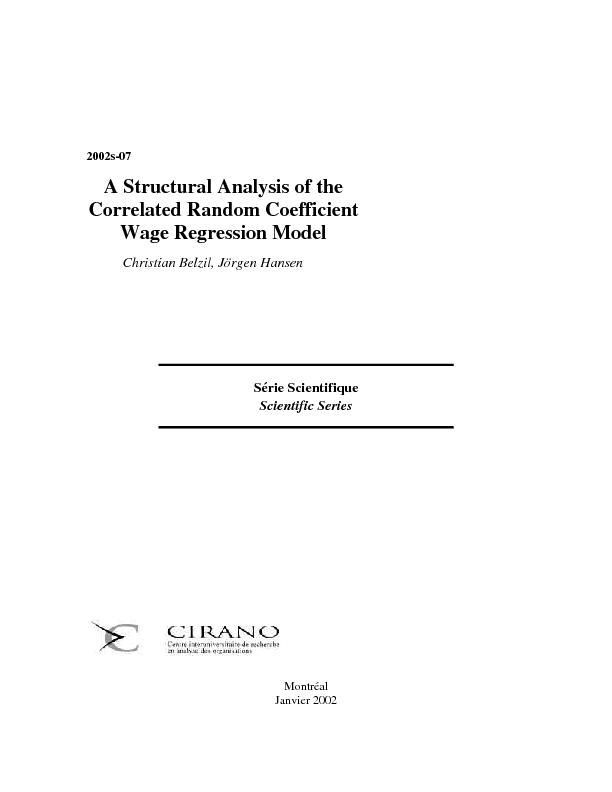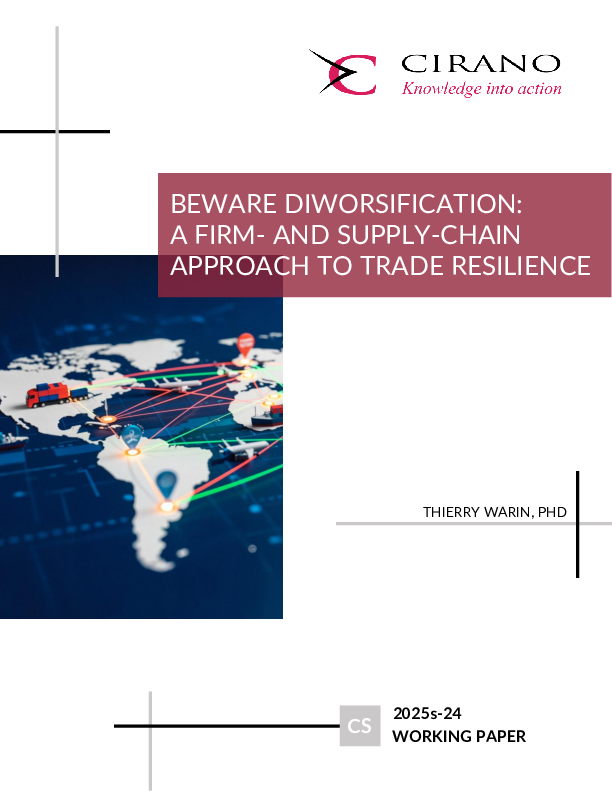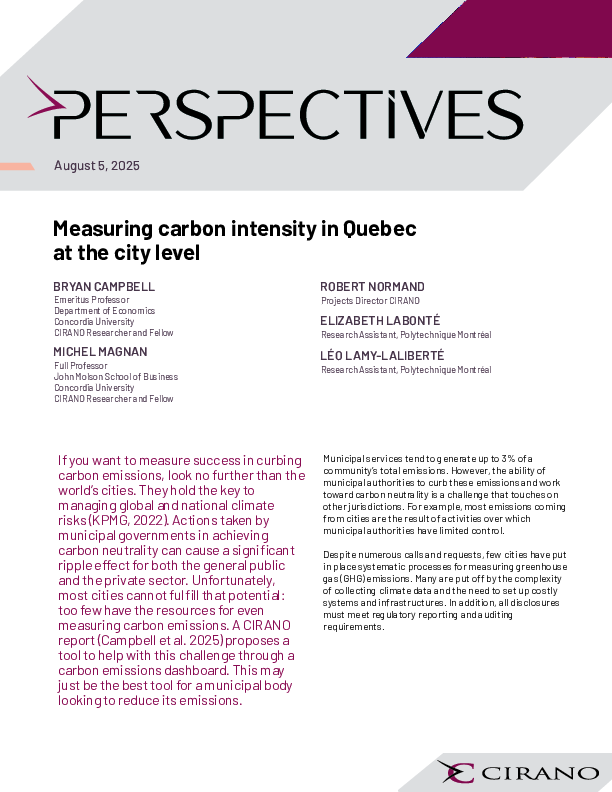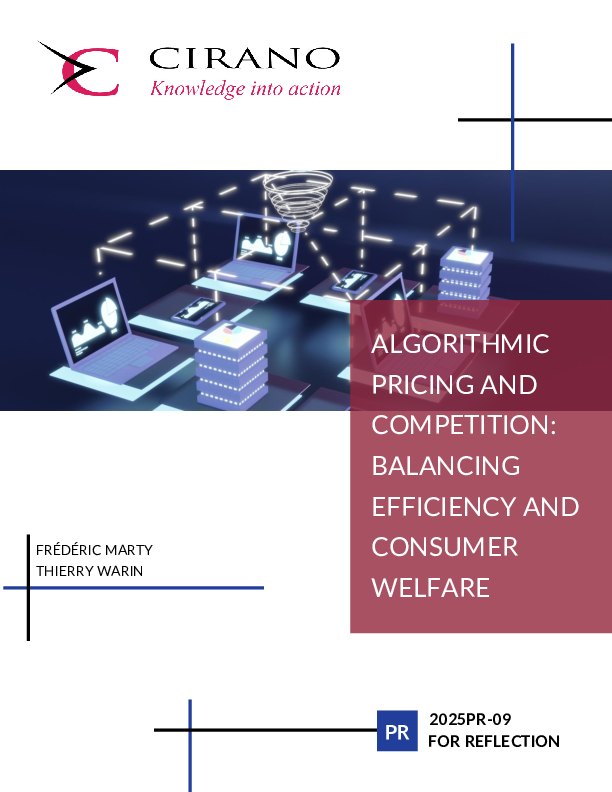A Structural Analysis of the Correlated Random Coefficient Wage Regression Model
We estimate a finite mixture dynamic programming model of schooling decisions in which the log wage regression function is set in a random coefficient framework. The model allows for absolute and comparative advantages in the labor market and assumes that the population is composed of 8 unknown types. Overall, labor market skills (as opposed to taste for schooling) appear to be the prime factor explaining schooling attainments. The estimates indicate a higher cross-sectional variance in the returns to experience than in the returns to schooling. From various simulations, we find that the sub-population mostly affected by a counterfactual change in the utility of attending school is composed of individuals who have any combination of some of the following attributes; absolute advantages in the labor market, high returns to experience, low utility of attending school and relatively low returns to schooling. Unlike what is often postulated in the average treatment effect literature, the weak correlation (unconditional) between the returns to schooling and the individual reactions to treatment is not sufficient to reconcile the discrepancy between OLS and IV estimates of the returns to schooling often found in the literature.
[ - ]




